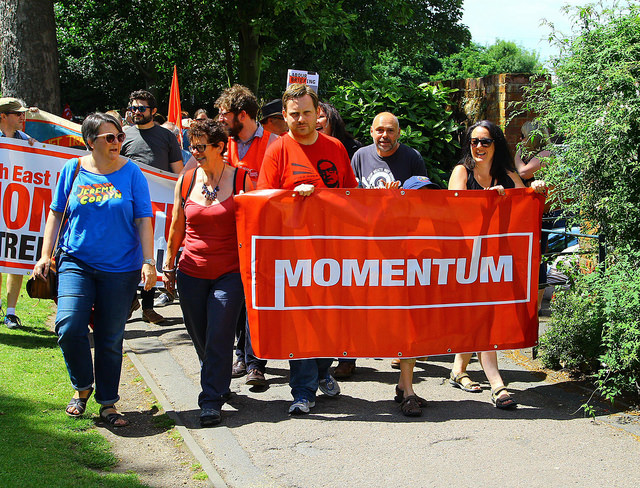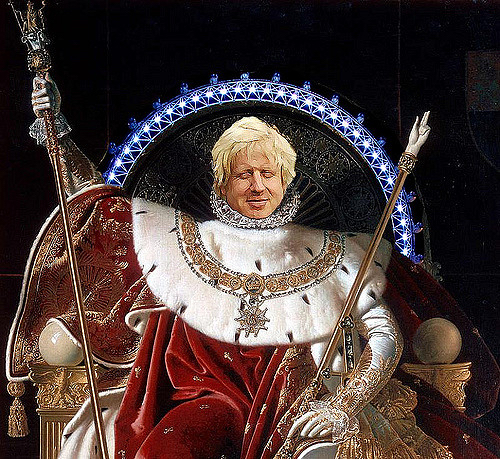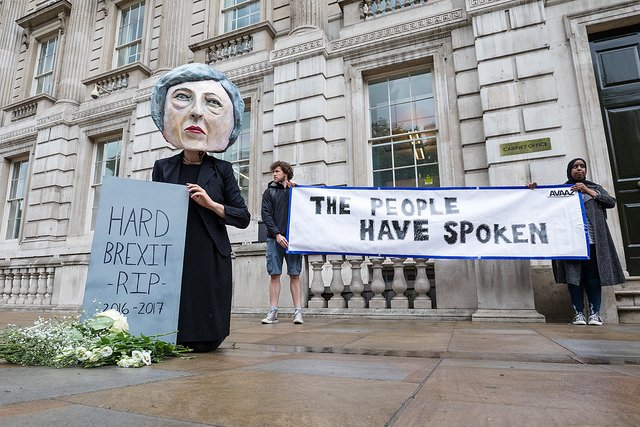“Twitter, schmitter!” were Turkish President Recep Tayyip Erdoğan’s dismissive words in March 2014. He promised government would “wipe out” all privately owned social media networks, in particular, Twitter, which he then (unsuccessfully) banned.
Since then, blocks, trials over posted content, and forced takedowns of accounts have defined the Erdoğan government’s relationship with the platform. As recently as June 2nd this year, the president proclaimed he was “against social media.”
While his office runs a verified account in his name, Erdoğan resents that “there have been many attack targeting me” through it. Savvy to moral hand-wringing arguments against the Internet over the technical nuts-and-bolts, the Turkish leader often depicts social media as immoral and irreligious. That is, until the night of July 15-16, 2016. In the face of a putsch by rogue military units, Erdoğan took to FaceTime to deliver his first public address against the plotters.
Though it at first looked like his appearance on the platform was a pathetic last resort before the inevitable, it proved to be anything but that. Instead, it was the turning point. But what it also proved was that the president implicitly recognizes how popular these platforms have become in a country. They have become so popular because the media is increasingly subject to state censorship and Internet use is heavily restricted without VPN workarounds.
FaceTime, Periscope, Facebook Live, VPN, and Twitter all helped Erdoğan rally his supporters, and ultimately, they prevailed. Of course, the fight was decided by weight of arms – few units joined the coup once it began – and indecision by the plotters, who, stunningly, twice failed to apprehend the president before he could address the nation. Also playing a key, non-digital role were the country’s mosques that turned their loudspeakers over to the counter-coup.
The Internet proved decisive for Turkish hearts and minds. As journalist Zeynep Tufekci noted, the same people Erdoğan derided in 2013 for their social media activism were among the first to decry, again via social media, the attempt on his life and office in 2016. And it was primarily via their mobile devices, live streaming apps, and VPNs that they did so. TV stations enacted contingency plans to keep their feeds on-air in the event of a military takeover. Turkcell, the country’s largest mobile operator, increased data allowances for subscribers overnight while also coordinating messaging with officials. It was the putschists who seemed to completely misunderstand the role of social media and Internet access in their plans.

Troops did move against news outlets, such as TRT, Digiturk, Hurriyet, Kanal D, Turksat (killing 2 employees there in an air raid), and CNN Turk. Yet their failure to secure control over the country’s telecommunications infrastructure told the most: people turned to the Internet for news. Despite a big drop in traffic at the start of the night’s events, this access was never seriously disrupted. The putschists even used Whatsapp to coordinate their own organizing efforts.
Unfortunately, VPNs will continue to be needed to access restricted websites and apps in Turkey. The government has banned more news outlets and fired or issued arrest warrants for dozens of reporters in the days since the coup, beginning a massive purge of all public offices nationwide. Just this June (and before then, in March), the government banned Twitter for “security reasons” following a terrorist attack. Twitter, Facebook, and YouTube have been blocked multiple times since 2014, with the government demanding content bans at an unprecedented rate.
The reason so many Turks already had VPNs set up when the coup took place is because “DNS services that change the IPs of computers or mobile phones” are targeted alongside the social media platforms themselves for bans, and telecoms are providing detailed user data to the authorities. Bandwidth limits have also been enacted to censor Twitter, though a VPN can still get around these. Indeed, thousands of Turkish Internet users downloaded VPN clients for the first time during the coup – just as they did when the 2014 Twitter ban was enacted and over a million people signed up to the Hotspot Shield VPN in less than a week.
In an unfortunate illustration what may come next is the case of Medyascope. Founded by veteran journalist Rusen Çakir in 2015 as an alternative news outlet, it has built its reporting around the popular Periscope app, which has more users in Turkey than in any other country except for the US. Periscope became so popular in Turkey when it was released in 2015 partly because of past events where it would have proven valuable had it existed. In particular, the 2013 Gezi Park protests, where news coverage was characterized by Soviet-style news blackouts and mass layoffs of reporters who failed to toe the party line against the demonstrations.

Çakir now works with 60 volunteers, some of them reporters let go from these outlets and from others put into “trusteeships” by the government to ensure favorable reporting. Medyascope’s independent coverage before the coup had landed it in hot water with the authorities, but its commitment to that independence meant it was out there covering the street demonstrations on Periscope while also streaming Erdoğan’s speeches in defiance of the putschists.
Medyascope was blocked right after the coup without explanation. Although it has now been un-blocked, its fate is precarious in light of the dozens of other websites and news networks that have now been banned, the tens of journalists arrested, and the hundreds of reporters who’ve had their press cards revoked. According to RSF’s country representative in Turkey, Erol Önderlogu, the state now directly or indirectly controls about 85% of the mainstream media.
Whether the July putsch marks the death rattle of the anti-AKP “deep state” or not, the struggle for media pluralism and the right to Internet access will go on. In such a polarized climate, the right tools are needed more than ever to get around state censorship and mass detention of journalists.
Photographs courtesy of Patrick Müller, Özgür Elbir, and Michael Fleshman. Published under a Creative Commons license.





